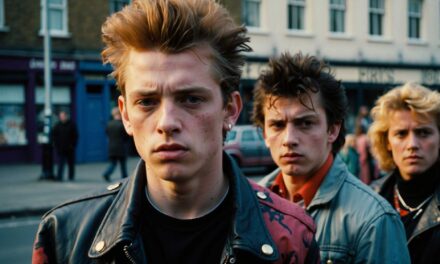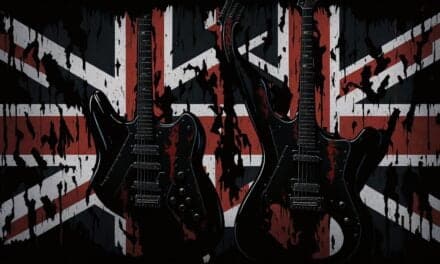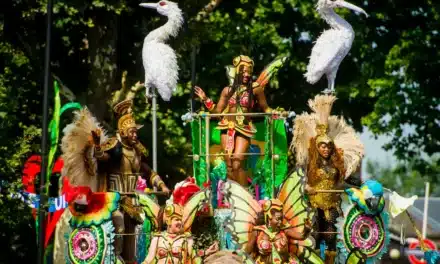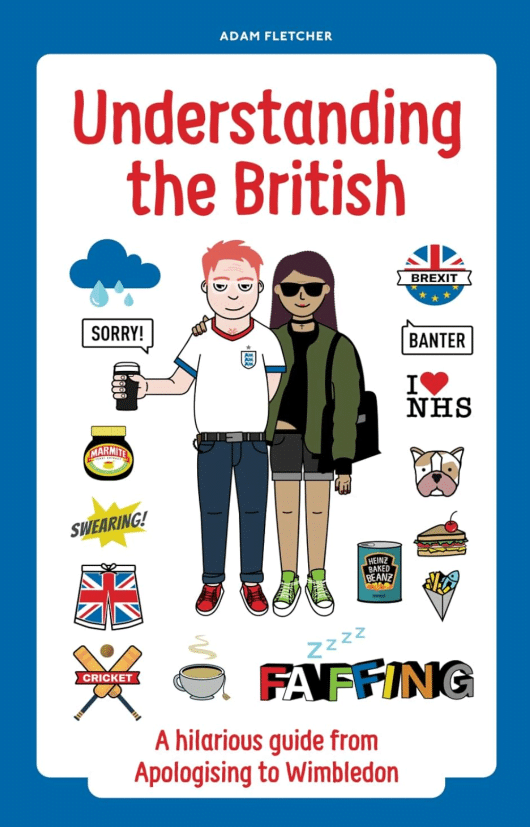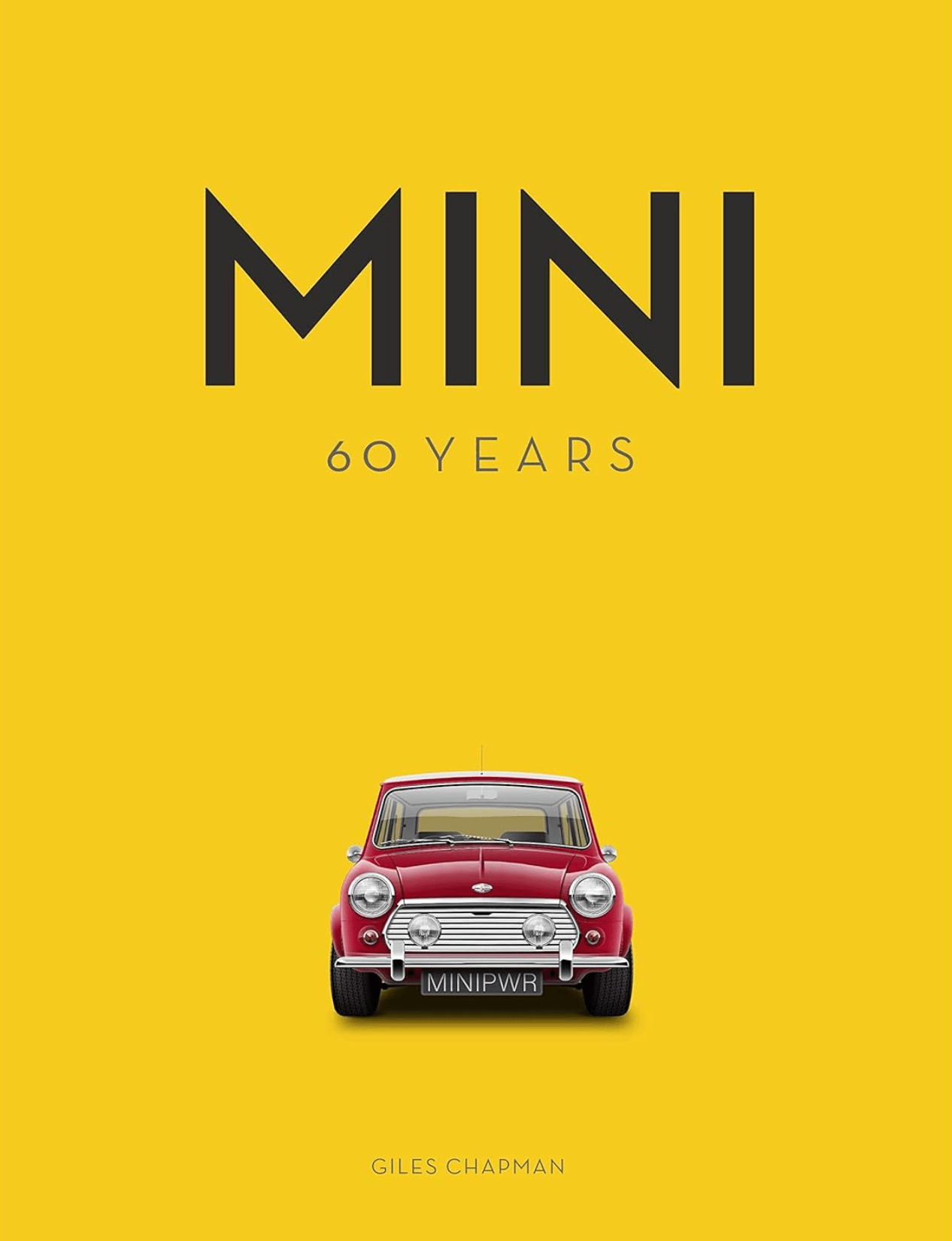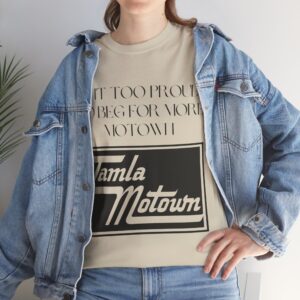The 1960s was a decade of immense social, cultural, and political change. In the UK, one of the most influential and enduring movements to emerge during this time was the culture of the MOD’s. Born out of the working-class youth in London, MOD culture was a unique blend of fashion, music, and lifestyle that made a significant impact on British society. This article explores the key characteristics of MOD culture and analyses its lasting influence on contemporary British life.
At the heart of MOD culture was a distinctive fashion style. Known for their tailored suits, members of the MOD movement were often referred to as “modernists” because of their preference for clean lines and attention to detail. Using sources such as BBC and academic journals, it’s evident that one of the most iconic elements of MOD fashion was the “Parka” coat. Designed to protect scooter riders from the elements, the Parka became a symbol of the MOD movement and is still worn today.
Vespa scooters were another hallmark of the MOD style. BBC archives show that these Italian-designed scooters were not only a practical mode of transportation, but also a status symbol. Vespa clubs sprang up around the country, and the scooters became synonymous with the fashionable MOD scene.
MOD culture was heavily intertwined with the music scene of the 1960s. Bands like The Who and The Small Faces were key players in the MOD movement, with their music reflecting the tastes and attitudes of the time. The Who’s Pete Townshend once said, “The MOD thing was about pride and power,” and this spirit was evident in the band’s energetic live performances.
Academic journals reveal that the MOD scene was also closely associated with the rise of soul, rhythm and blues, and jazz music. Dance clubs like the Marquee and Flamingo in London played a crucial role in shaping the MOD music scene, as they provided a space for young people to express themselves and immerse themselves in the latest sounds.
MOD culture emerged at a time of significant social change in the UK. As the country moved away from post-war austerity, consumerism and individualism took hold. The MOD movement was a product of these changes, as young people embraced new fashions and music as a means of asserting their identity.
The influence of American pop culture was also evident in the MOD scene. The British youth embraced American music, art, and fashion, blending it with their own unique style to create the MOD phenomenon. This cultural exchange was a key component of the “Swinging Sixties,” as British society became more open to outside influences.
Interviews and personal accounts from individuals who experienced MOD culture firsthand provide a unique perspective on the movement. One such account comes from Susan Jones, a former MOD who recalled attending clubs like the Goldhawk in London. She said, “I remember dancing to the sounds of The Who and The Small Faces, and feeling like we were part of something special. The music, the clothes, the scooters – it was a lifestyle that defined a generation.”
Others, like David Smith, remember the impact of MOD fashion on their personal style. “The MOD look was a way of showing that you cared about your appearance and took pride in your clothes. It was a bold statement in a time when individualism was on the rise,” he said.
MOD culture has had a profound and lasting impact on British society and culture. Its influence can still be seen today in various aspects of fashion, music, and youth culture. Contemporary designers like Paul Smith and Fred Perry have incorporated elements of MOD style into their clothing lines, while musicians like Paul Weller, Oasis, and Arctic Monkeys have drawn inspiration from the sounds of the MOD movement.
The resurgence of interest in Vespa scooters, particularly among urban dwellers, is another testament to the enduring appeal of MOD culture. Additionally, clubs and events celebrating the MOD era continue to attract fans of all ages, showing that the spirit of the movement is still very much alive.
The MOD culture’s impact on British society can also be seen in the way it helped to break down class barriers and promote a sense of unity among young people. The movement fostered an environment in which working-class youth could express themselves through fashion and music, paving the way for future generations to challenge societal norms and forge their own identities.
The 1960s MOD culture was a unique and influential movement that left an indelible mark on British society. As a reflection of the social changes taking place during that time, the MOD movement was characterised by its distinctive fashion, music, and lifestyle. From tailored suits and Vespa scooters to bands like The Who and The Small Faces, MOD culture helped shape the identity of a generation and contributed to the broader cultural landscape.
Today, the impact of the MOD movement can still be seen in contemporary British life, as it continues to inspire fashion, music, and youth culture. As a testament to its enduring appeal, the spirit of MOD culture lives on, proving that it was more than just a fleeting trend, but rather a movement that helped define an era and remains an important part of British history.


